As the third training session designed for industrial enterprise leaders, this program focused on the textile industry—a sector with significant potential to improve energy performance due to its large-scale production and high energy-consuming equipment.
Mr. Mai Van Huyen, Director of the Green Development Center (Consultant Unit), introduces the training program.
Mr. Mai Van Huyen, Director of the Green Development Center, introduced the training program and emphasized the crucial role of business leaders in setting strategic directions for efficient energy use. Such leadership helps businesses both reduce operational costs and enhance their market competitiveness.
Vietnam is one of the world's largest textile and garment exporters, with annual export revenues exceeding 40 billion USD. However, this strong growth is accompanied by pressures on production costs, stringent international market demands, and environmental challenges. Among these, energy is a critical factor, as the textile and garment sector consumes about 8% of the country’s total industrial energy and emits approximately 5 million tons of CO₂ per year. Many factories still operate with outdated, low-efficiency technologies. With an estimated 20% energy-saving potential, textile enterprises are urged to implement energy-saving measures to cut input costs and boost competitiveness.
The training program, "Scaling Up Energy Efficiency for Leaders of Textile Industrial Enterprises", delivered in-depth knowledge on applying energy-saving solutions. It also aimed to raise awareness among industry leaders that energy efficiency is not only a choice for lowering production costs and optimizing operational expenses, but also a prerequisite in the era of global "green transition." Low-emission, energy-efficient production is becoming essential for maintaining access to export markets, especially in the EU, the US, and Japan, which are introducing carbon tax mechanisms and emission traceability requirements.
Trainees of the program are leaders of textile and garment enterprises.
The main training content includes: (i) Enhancing capacity to identify and develop energy efficiency and conservation projects; (ii) Energy auditing and financial analysis for energy efficiency projects; (iii) Introduction and application of measurement, reporting, and verification systems; (iv) Marketing and business strategies for enterprises. In addition, sector-specific content tailored to the textile and garment industry was delivered, such as: The current state of energy use and the potential for energy savings in Vietnam’s textile and garment sector; and Best practices and success stories of energy-efficient production in textile and garment manufacturing
The training program's lecturers are energy experts from technical universities, the Ministry of Industry and Trade, and domestic and foreign projects.
The training session brought together experienced lecturers from technical universities, energy experts from the Ministry of Industry and Trade, and national and international energy efficiency specialists involved in the project. This textile and garment business leadership training marked the third and final session for April 2025. In the upcoming period, the training series will continue for the remaining five industry groups: Pulp and Paper, Bricks and Ceramics, Iron and Steel, Cement, and Plastics, with custom-designed curricula to ensure practical applicability and high effectiveness.
Representative of the Risk Sharing Facility (RSF) Management Board, Saigon-Hanoi Bank, introduced the RSF guarantee mechanism under the VSUEE Project.
Trainees participate in discussions at the training program.
Vietnam Scaling up Energy Efficiency Project is financed by the Green Climate Fund with total of USD 11.3 million through the World Bank. The Ministry of Industry and Trade is the project governing agency. The Project aims to promote energy efficiency in the Vietnam’s industrial sector and contribute to achieving national target on energy efficiency and conservation, ensuring energy security and implementing tasks, actions to reduce greenhouse gas emissions and respond to climate change. |
VSUEE's Project Management Board
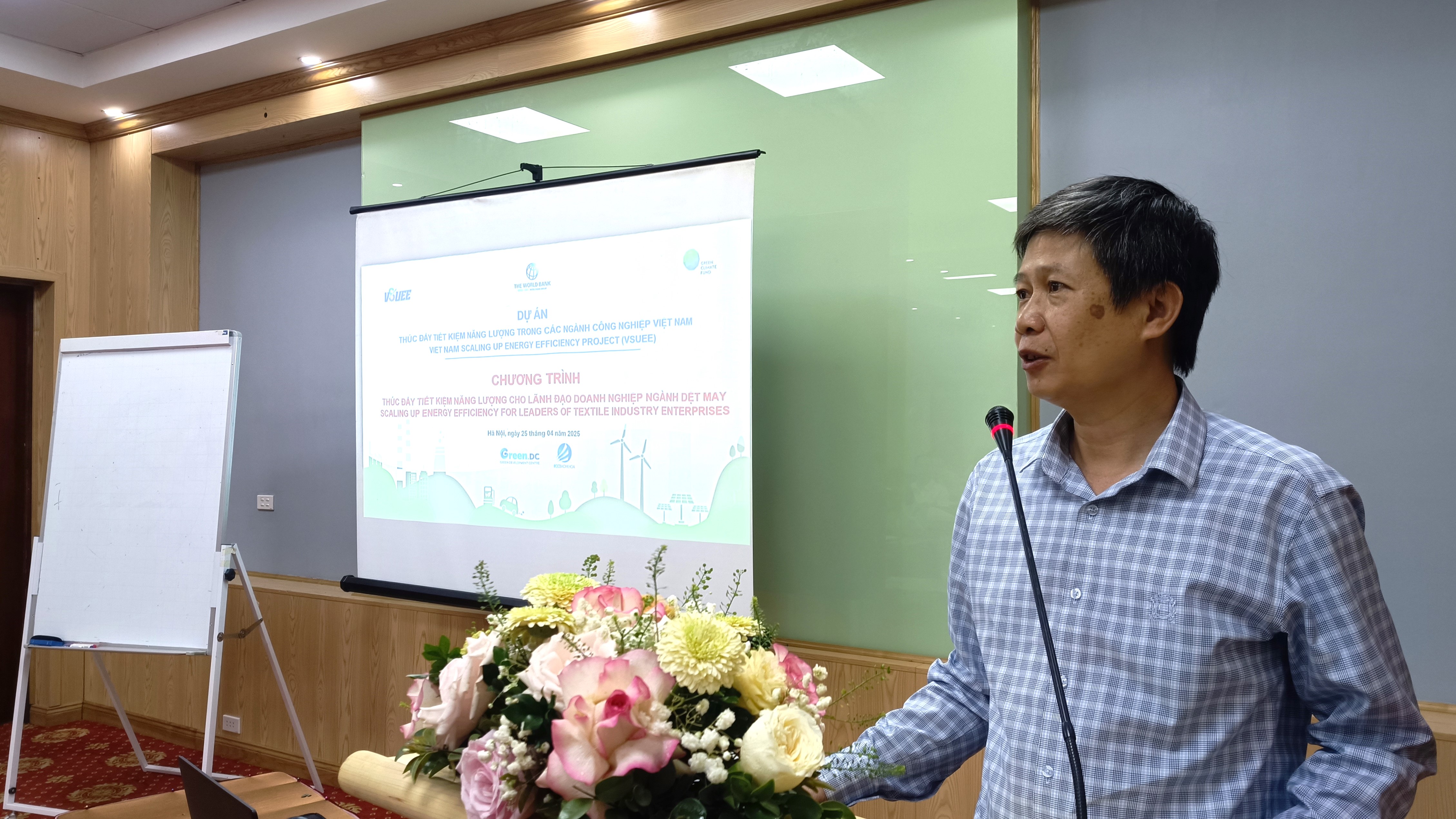
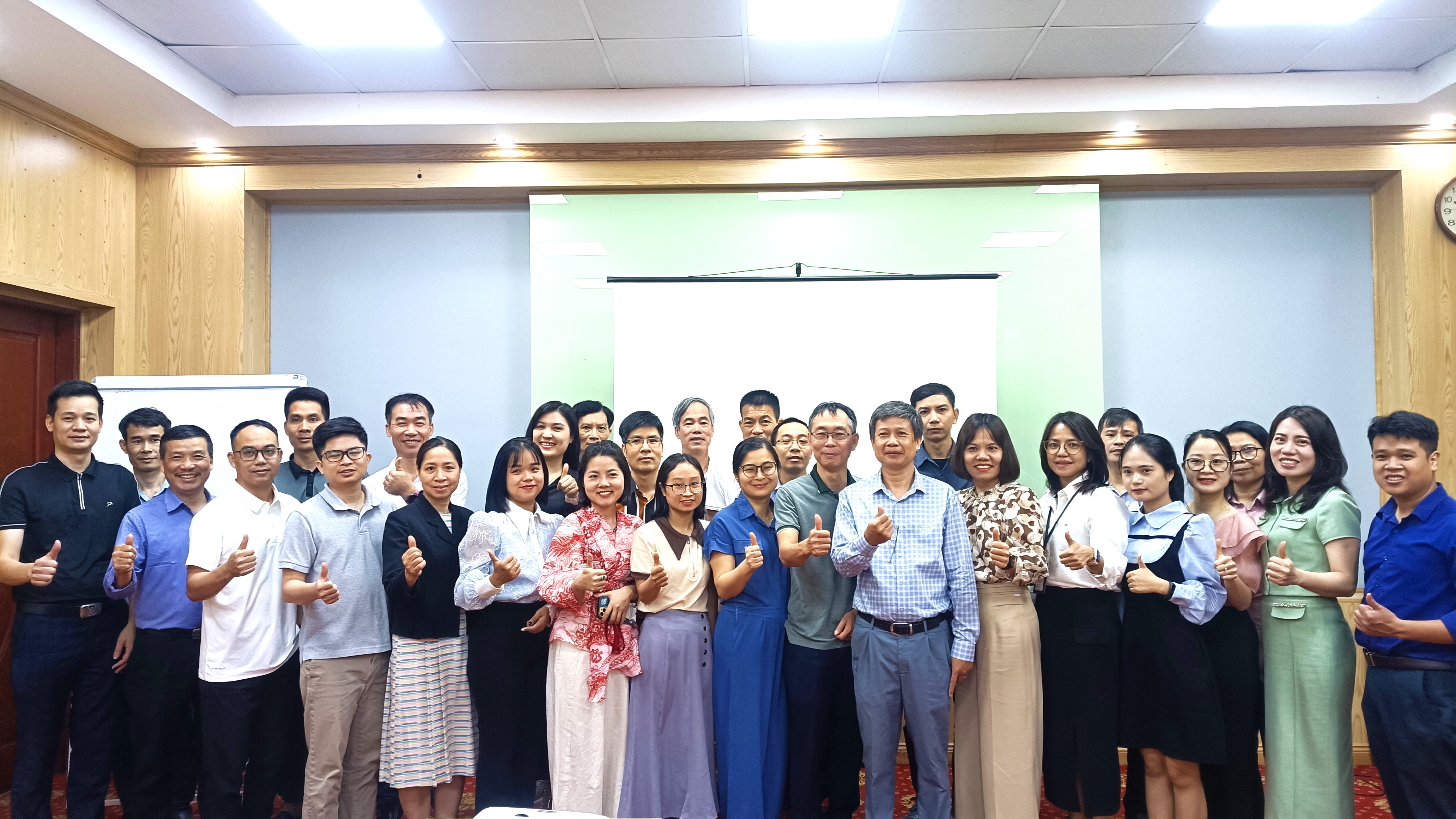
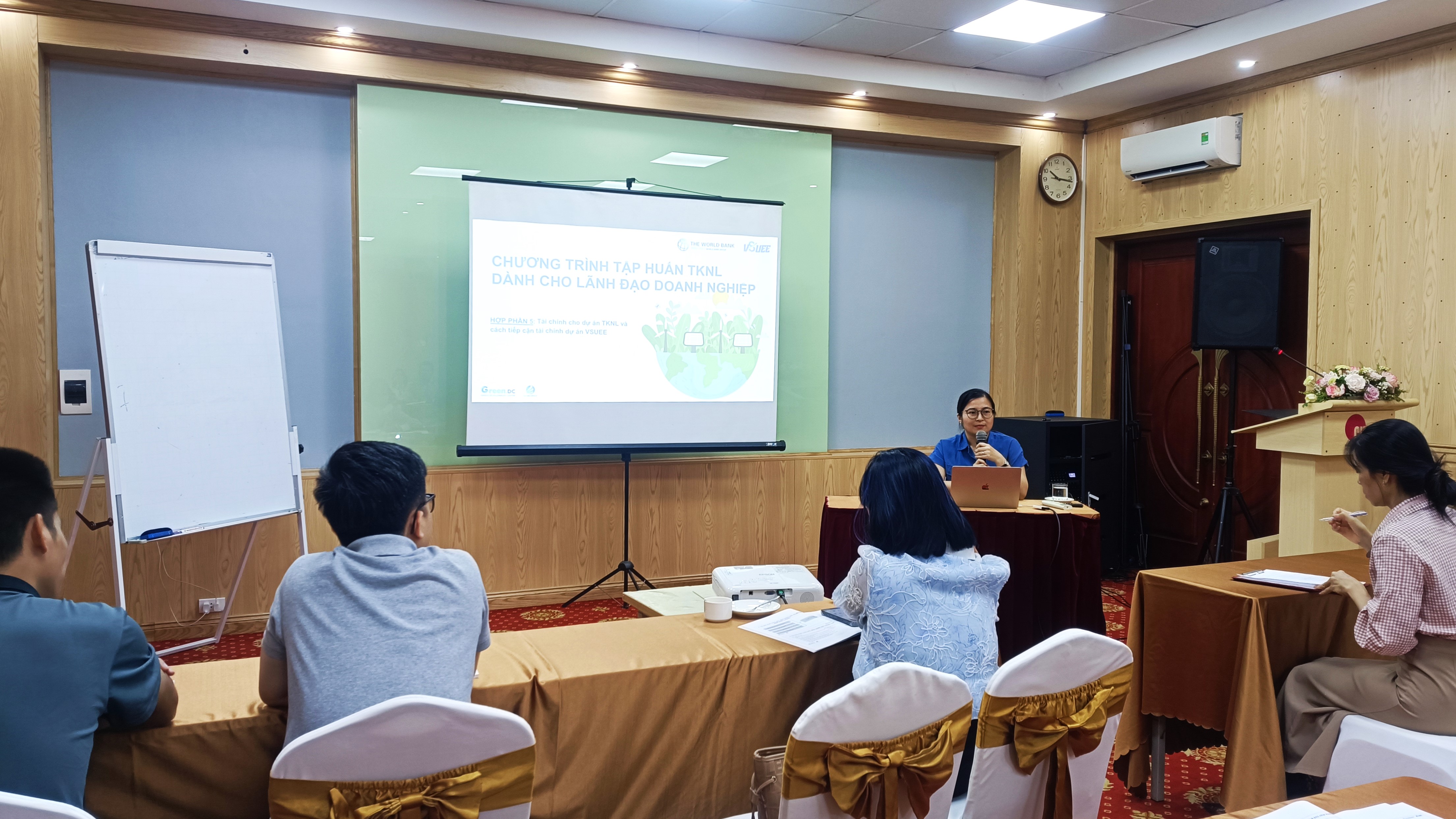
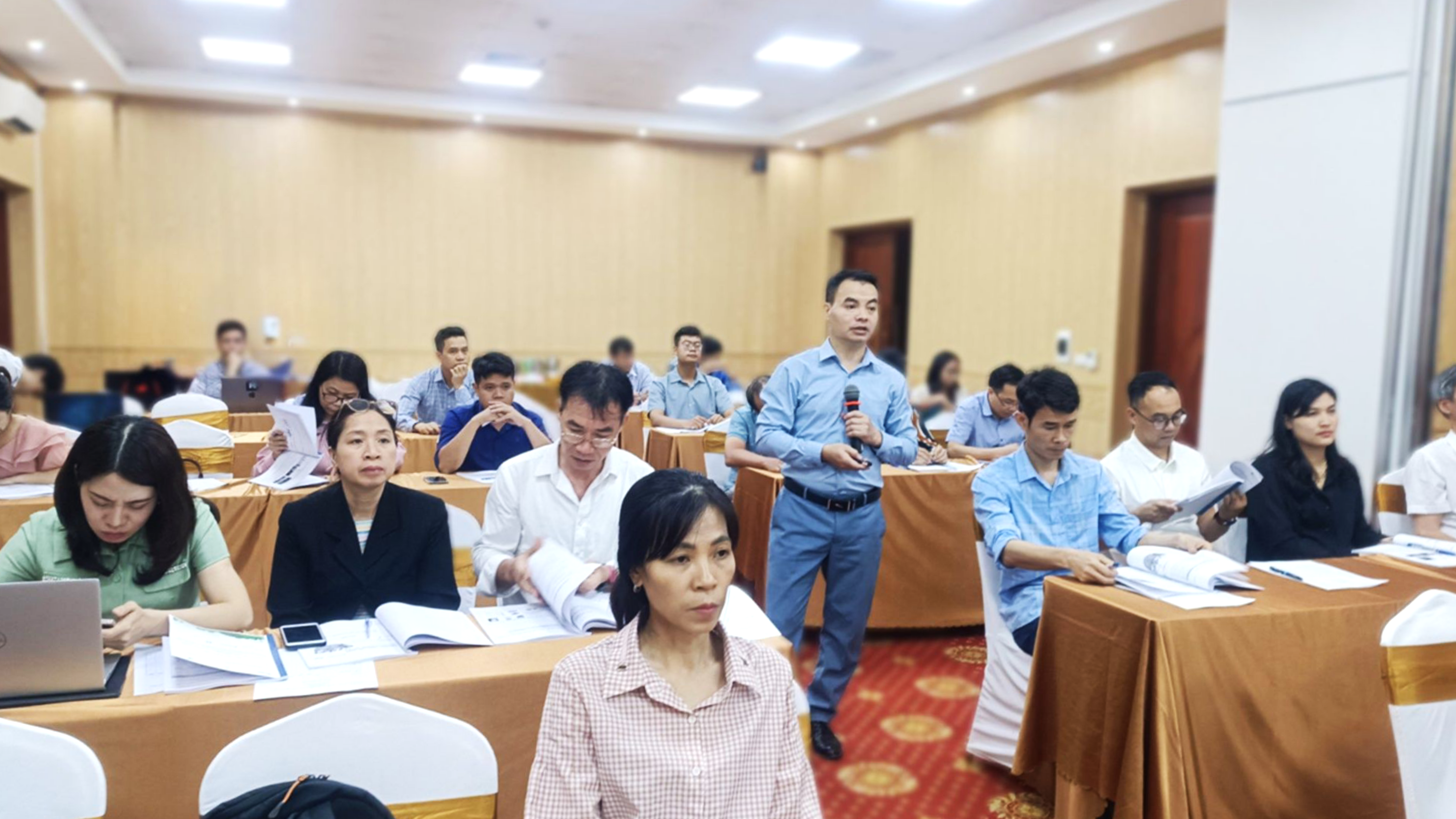
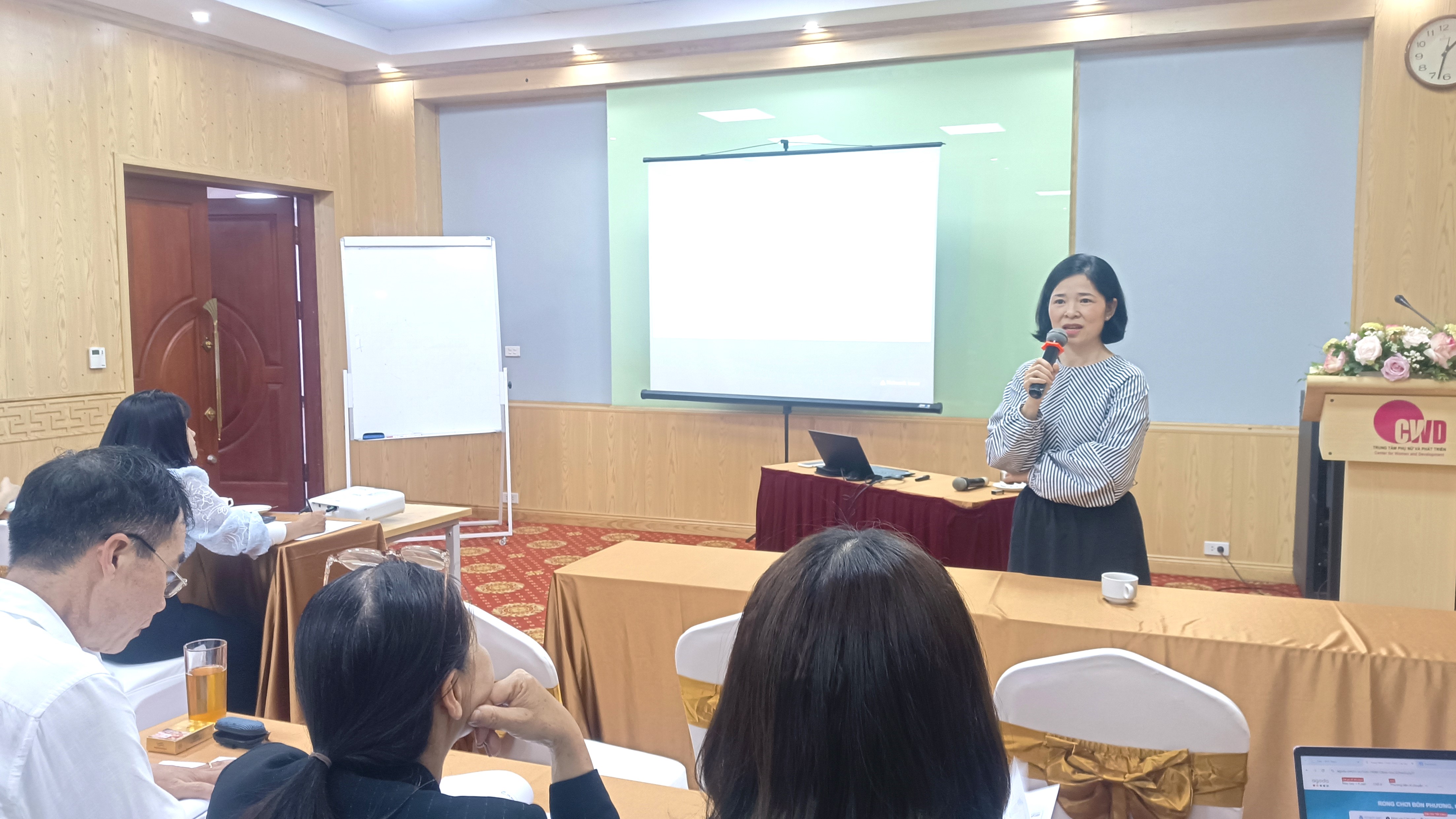
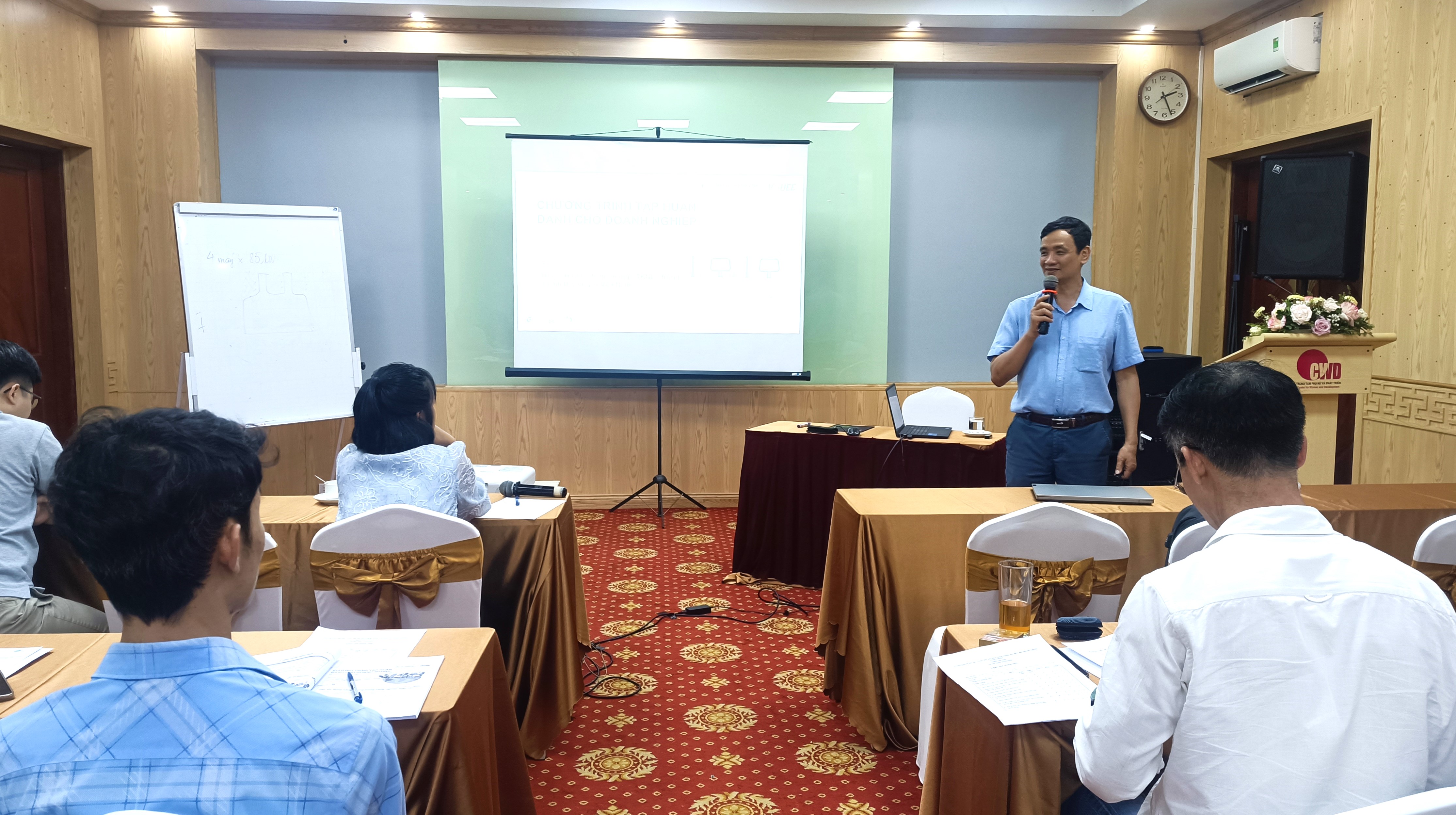
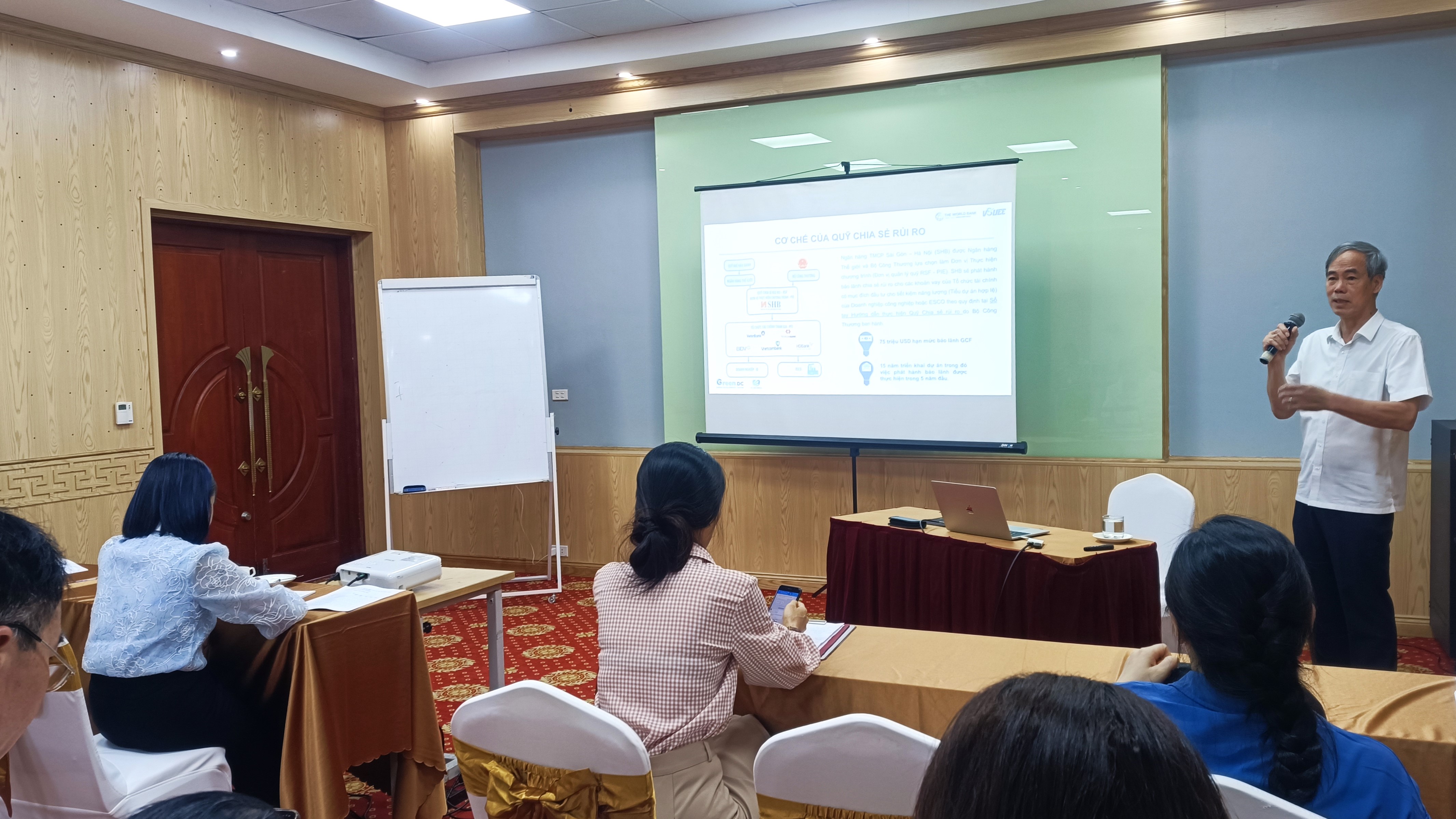
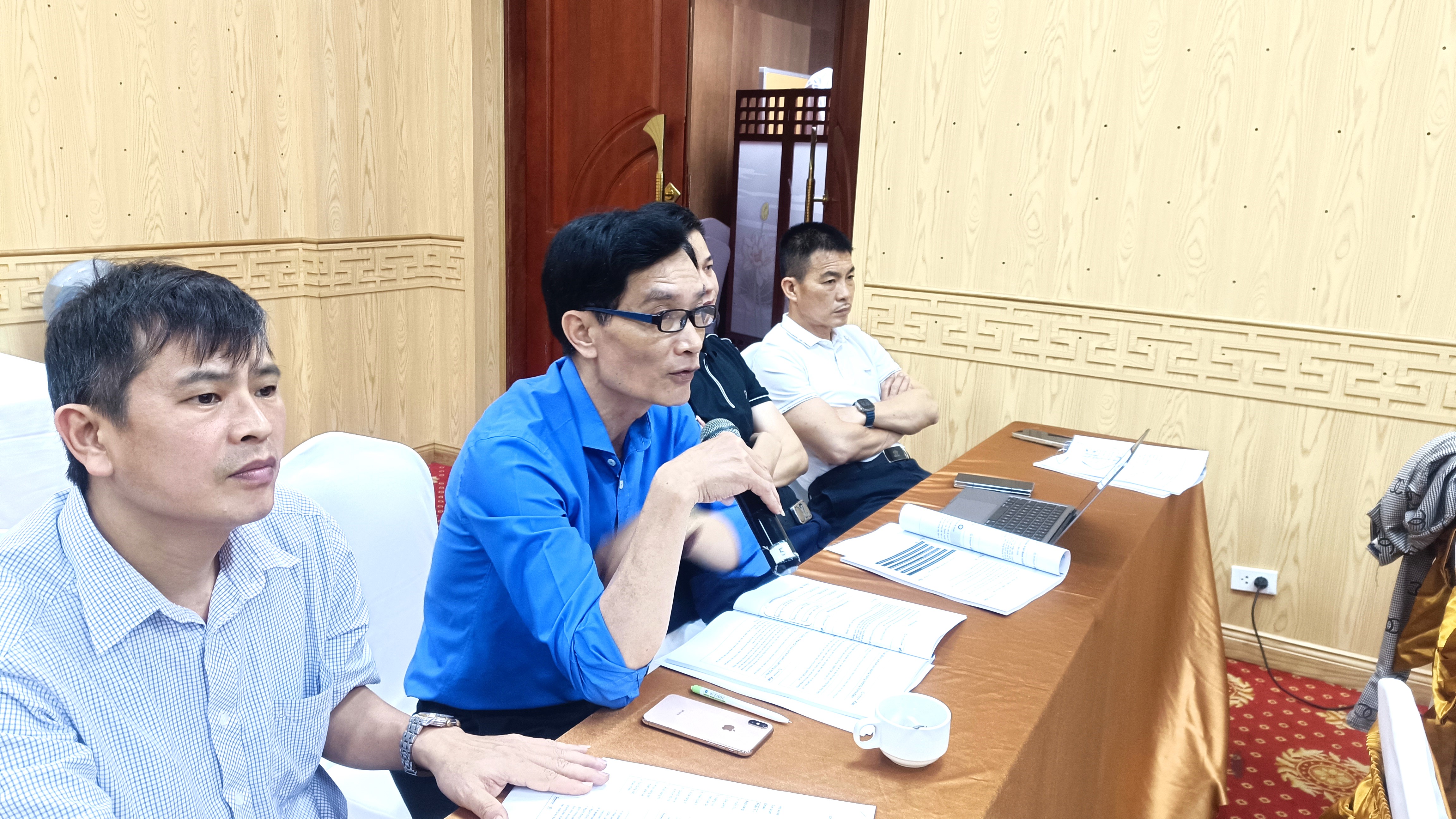








 Webinar 2: “Financial Support for Energy Efficiency Enterprises – Opportunities and Challenges”
Webinar 2: “Financial Support for Energy Efficiency Enterprises – Opportunities and Challenges”
 Vietnamese enterprises achieve green growth and cut costs through energy efficiency
Vietnamese enterprises achieve green growth and cut costs through energy efficiency
 Capacity Building for Program Implementing Entity
Capacity Building for Program Implementing Entity
 Enhance Energy Efficiency Knowledge for Managers of Cement Industrial Enterprises
Enhance Energy Efficiency Knowledge for Managers of Cement Industrial Enterprises
 Capacity building for participating financial institutions of the VSUEE Project
Capacity building for participating financial institutions of the VSUEE Project
 Capacity building for participating financial institutions in Ho Chi Minh City
Capacity building for participating financial institutions in Ho Chi Minh City
 Strengthening capacity for energy management officers of local government agencies
Strengthening capacity for energy management officers of local government agencies